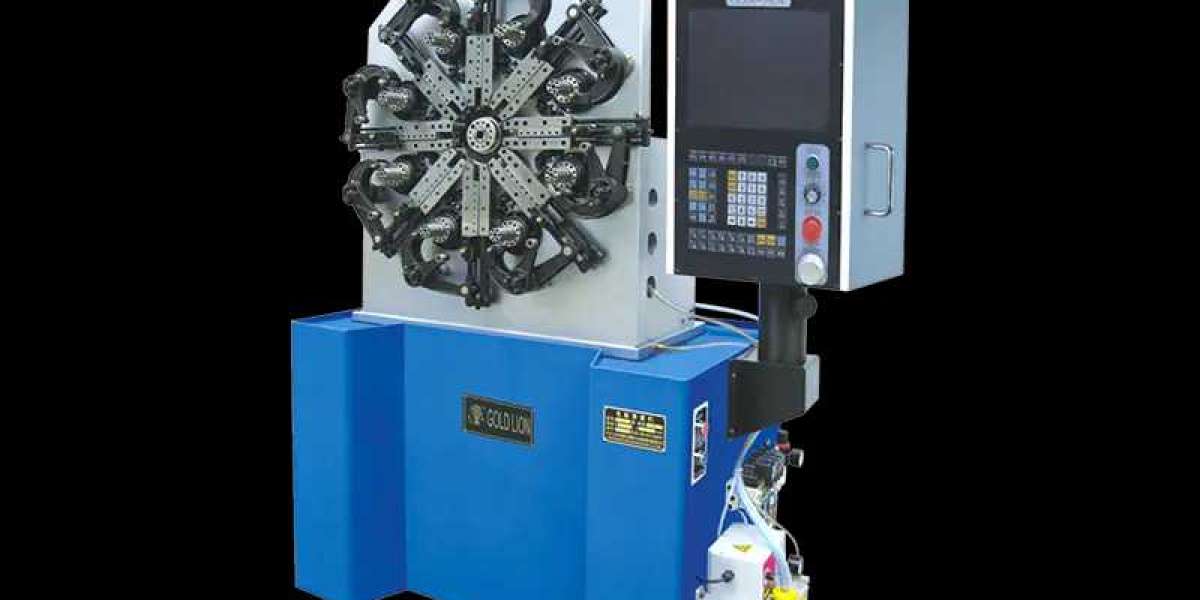Often, spring formers are integrated with assembly lines to meet application-specific requirements such as feed rates, spring design, and tolerances. Feed rate is the speed at which material is fed into the spring and wire forming machine. In many systems, wire is fed to one or more points from a single winding system.
A spring former uses a winding machine to draw the wire and roll it into a spring shape. Some systems contain or are designed for use with grinders and wheels, finishing equipment, testing equipment and tool inventory. Spring treatments include electroplating, passivation, tinting and coating.
Most spring forming equipment is designed to make springs from spring steel, music wire, and stainless steel. Spring steel is a standard industrial grade steel designed for spring manufacturing. Music wire is another common and relatively inexpensive high carbon steel alloy used to make springs. Stainless steel is a common spring material with good corrosion resistance. Spring and wire forming machines designed for use with special metals and plastics are also available.
Spring formers may vary in supported spring designs and tolerances, and spring formers may meet or exceed published ground end squareness and free length standards.






